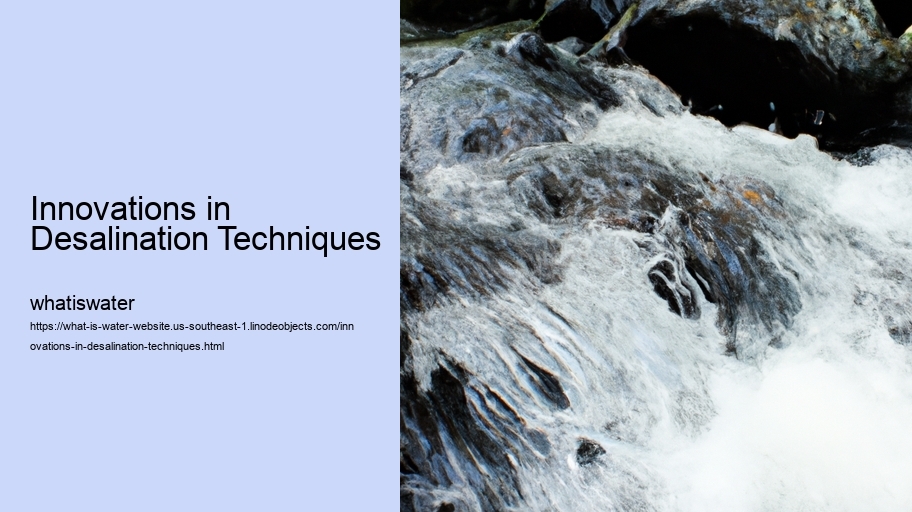Traditional methods of desalination have primarily relied upon two technologies: thermal distillation and membrane-based reverse osmosis. In thermal distillation, heat is used to evaporate seawater, leaving behind salts and impurities; the vapor then condenses into pure liquid form.
Innovations in Desalination Techniques - Rivers and Lakes
- Water Filtration
- Water Sports and Recreation
- Water Filtration
- Water Sports and Recreation
Despite their effectiveness, these conventional systems face challenges such as high energy requirements, substantial operational costs, environmental concerns over brine disposal, and the need for extensive infrastructure.
Innovations in Desalination Techniques - Floods
- Water Sports and Recreation
- Water Sports and Recreation
- Water Sports and Recreation
- Water Sports and Recreation
- Water Sports and Recreation
- Water Sports and Recreation
One pioneering approach involves biomimicry—imitating natural processes. Thermal Pollution Water Sports and Recreation Scientists study how mangrove trees or certain species of beetles harvest fresh water from saline environments without expending large amounts of energy. By mimicking these biological strategies in engineered solutions, there's potential for developing low-energy desalination systems.
Another novel technique focuses on manipulating materials at the nanoscale level to create super-permeable membranes that can filter out salts more efficiently than traditional membranes do.
Innovations in Desalination Techniques - Hydrologic Cycle
- Floods
- Water Filtration
- Water Sports and Recreation
- Floods
- Water Filtration
Solar-powered desalination also offers a promising avenue towards sustainability by harnessing abundant solar energy to drive evaporation processes without relying on fossil fuels. Innovations like concentrated solar power coupled with multi-effect distillation units optimize both heat generation and collection efficiency thus making this method more viable even for large-scale applications.
Further along the spectrum of emerging technologies lies forward osmosis where osmotic pressure differences across a membrane draw clean water through while holding back salts without requiring significant hydraulic pressures as in reverse osmosis—a process potentially powered by renewable sources like waste heat or naturally occurring salinity gradients.
Electro-dialysis reversal (EDR) represents another frontier; it utilizes electric fields to move salt ions through ion-exchange membranes selectively—a technique particularly suited for brackish water treatment where salt concentrations are lower than those found in seawater but still too high for potable uses.
As we venture into an era marked by scarcity of natural resources and increased environmental awareness, fostering innovation within the realm of desalination becomes essential—not merely as an academic exercise but as a practical necessity ensuring humanity's continued access to one of its most precious commodities: clean freshwater. The ingenuity displayed in carving new pathways towards efficient desalination reflects our resilience and adaptability—it is testament that when faced with seemingly insurmountable obstacles nature often holds keys if we dare look close enough listen carefully enough think creatively enough.
Innovations in Desalination Techniques - Water Rights
- Water Filtration
- Hydration and Health
- Droughts
- Water Law and Policy
- Climate Change and Water
- H2O
